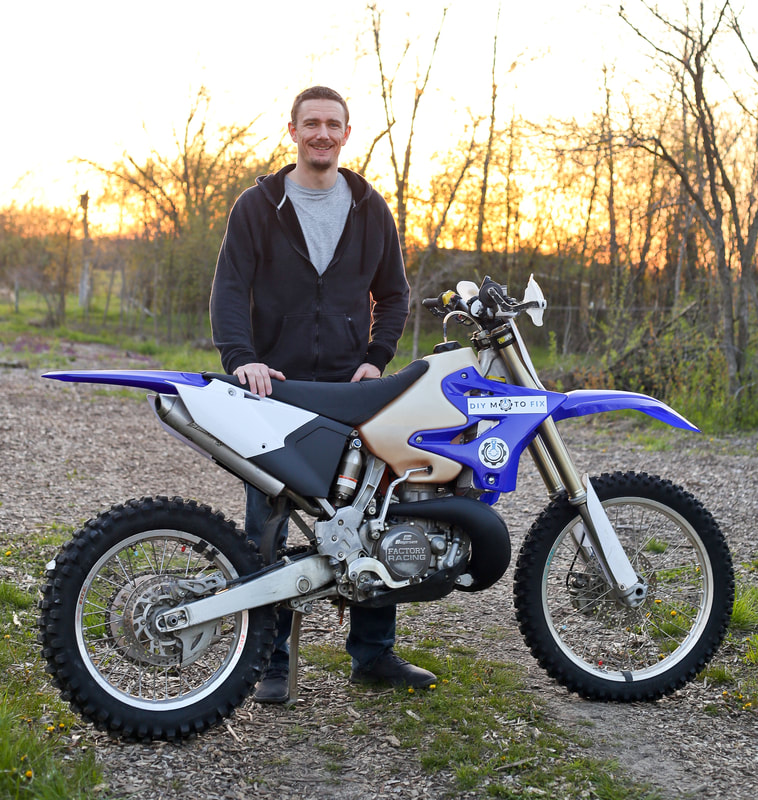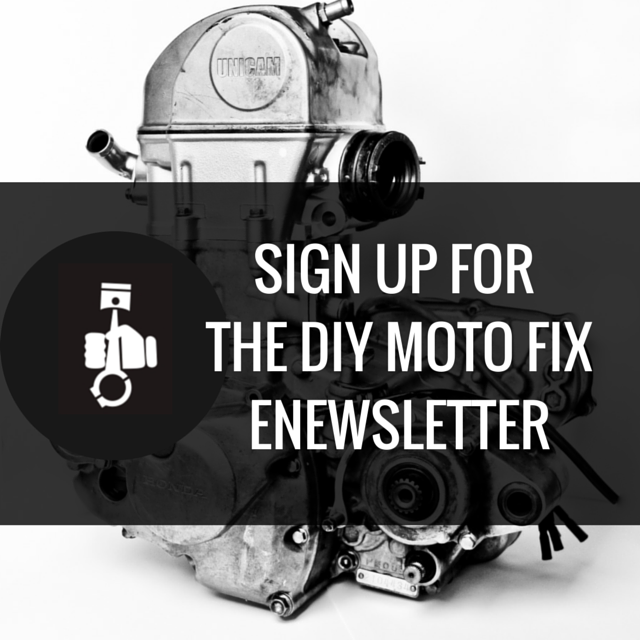| Octane Ratings In my last post I shared a tip I like to use when filling up fuel cans at the gas station. I also presented an example detailing how mixing two different fuels with different octane ratings affects the blended fuel's octane rating. Out of that post some comments were left regarding the necessity of running specific octane fuels. Today, I want to discuss the octane attribute of fuels in more detail. |
What is the Octane Rating and How Is It Determined?
The octane rating associated with a fuel is a measurement of the fuel's resistance to detonation. To measure a fuel's octane rating it is either tested in accordance with test procedures established for the Motor Octane Number (MON) or the Research Octane Number (RON). In summary, a single cylinder engine with a variable compression ratio is used for testing. MON test procedures require the engine be run at 900RPM, inlet air temp be 38C, and ignition timing is set between 14 and 26 degrees BTDC (specific timing depending on the compression ratio). RON procedures are slightly less stringent with the engine operating at 600RPM, inlet temp between 20 and 52C (barometric pressure dependent), and the ignition timing fixed at 13 degrees BTDC.
The test fuel is run in the engine, the compression ratio is increased, and the point where the engine starts to detonate is observed. Once the test fuel has been run, its octane rating is determined by blending two base fuels together. Iso-octane with a RON of 100 and heptane with a RON of 0 are mixed together until the the engine detonates under the same conditions as the test fuel. By blending, the octane rating of the test fuel can be established. For example, if the blend of iso-octane and heptane resulted in a mixture of 13% heptane and 87% iso-octane then the test fuel would have an octane rating of 87.
What Rating System is Shown on Gas Pumps?
This depends where you live. In the United States the octane number on gas pumps is the average of the MON and RON numbers established for the fuel. In Europe the RON number is used. This is why if you ever go to a gas station in Europe it looks like they have higher grade octane fuels than we do in the U.S.
How Does the Octane Rating Affect Power?
The higher the octane rating of a fuel, the more resistance it has to detonation and pre-ignition. The more resistance a fuel has to detonation, the higher the engine's compression ratio can be set (within limits) or boost pressure if we're talking turbos.
When an engine is designed one of the driving parameters for development of the design is the type of fuel(s) that will be compatible with the engine. For example, if an engine is designed to work with fuels that have a minimum octane rating of 87, then the compression ratio of the engine must be limited to a value which ensures the engine never detonates when 87 octane fuel is used. For this example, say the compression ratio is 12:1. With a 12:1 compression ratio when fully optimized, the engine will produce a finite amount of power. Say 50hp.
Now take the same engine, raise the compression ratio to 13:1, and require a fuel with a 93 minimum octane rating be used in the engine. Due to the increase in compression ratio, the engine's power will increase. Perhaps to 52hp. This power increase is only possible by raising the compression ratio and increasing the octane rating (detonation resistance) of the fuel being used.
The takeaway here is that you will not see a power increase in an engine designed to run on 87 octane by putting in fuels with higher octane ratings without changing another parameter, such as the compression ratio. You would however increase the engine's detonation resistance by using a higher octane fuel. This may be beneficial if the engine is being operated under heavy loads or in harsh conditions where heat loads on the engine are abnormally high and the engine is more prone to detonation.
Wrap Up
I hope my brief explanation on octane ratings has shed some light on how they affect engine performance. As always, if you have questions or want to leave a comment please do so below. I enjoy hearing from you!




